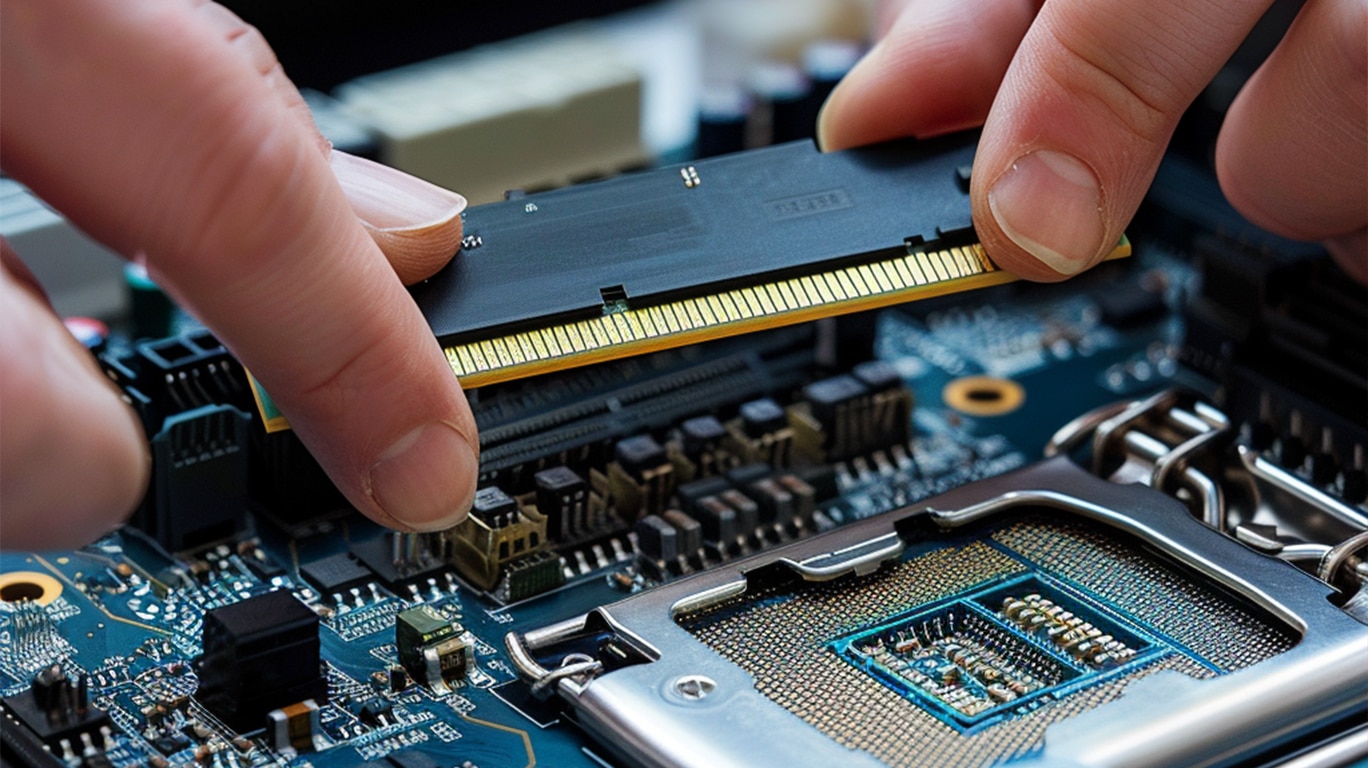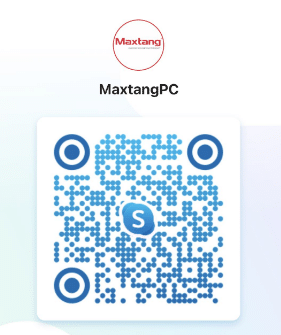RAM, or Random Access Memory, functions as a temporary storage unit that allows data to be accessed or stored as needed, regardless of the location of the storage unit. Its contents are lost whn the power is turned off, making it suitable mainly for storing programs that are used temporarily. Serving as a “temporary warehouse” in computers, RAM can quickly store and retrieve data, ensuring smooth execution of various tasks by the CPU (Central Processing Unit). Now, let’s delve into the evolution of modern RAM technology.
I. SRAM: The Fast but Expensive “Warehouse”
In early computers, SRAM (Static Random Access Memory) was a common form of memory. It utilizes flip-flop circuits to store data, with each storage cell requiring multiple transistors. This design makes SRAM extremely fast in both reading and writing, akin to an efficient “warehouse” that rapidly supplies data to the CPU. However, due to its high manufacturing cost, SRAM is typically used only in caching and other scenarios that require high-speed access.
SRAM is further classified into SARAM (Single-Access RAM) and DARAM (Dual-Access RAM) based on the number of times the CPU can access the memory per machine cycle. SARAM can only be accessed once per cycle, while DARAM can be accessed twice, as seen in DSPs like the TMS320C54x series.
II. DRAM: The “Storage Giant” with Low Cost and High Capacity
As the demand for memory capacity continued to grow with the widespread use of computers, DRAM (Dynamic Random Access Memory) emerged. Unlike SRAM, DRAM represents each bit of data using a transistor and a capacitor. Although DRAM’s access speed is relatively slower, its low manufacturing cost and high capacity quickly made it the mainstream choice for computer’s main memory.
III. SDRAM: The “Seamless Partner” between Memory and CPU
With the increasing speed of processors, traditional DRAM could no longer meet the demand for high-speed data transmission. This gave rise to SDRAM (Synchronous DRAM). By synchronizing the memory speed with the processor’s clock speed, SDRAM ensures efficient and smooth data transmission between memory and the CPU. This seamless partnership significantly boosts the overall performance of computers.
IV. DDR SDRAM: The “Accelerator” of Data Transmission
However, as the performance requirements of computers continued to grow, even SDRAM began to show its limitations. It was then that DDR SDRAM (Double Data Rate SDRAM) emerged as a shining star. Employing double data rate technology, DDR transmits data on both the rising and falling edges of the clock signal, doubling the data transmission speed of traditional SDRAM. This enhancement does not increase energy consumption as it only utilizes the falling edge signal. Addressing and control signals remain the same as traditional SDRAM, transmitted only on the rising edge of the clock.
With technological advancements, DDR SDRAM has undergone numerous upgrades. Successive technologies such as DDR2, DDR3, DDR4, and DDR5 have been introduced, each bringing higher transmission speeds, lower power consumption, and increased capacity.
ItemDDR SDRAMDDR2DDR3DDR4DDR5Frequency Ranges200MHz400MHz~1066MHz800MHz~2133MHz2133MHz~4266MHz4800MHz~8000MHzOperating Voltages3.3V1.8V1.5V1.2V1.1VFrequency Ranges and Operating Voltages of DDR SDRAM to DDR5 SDRAM
V. RDRAM: The High-Speed but Costly “Dark Horse”
RDRAM (Rambus DRAM) is an innovative memory technology developed by Rambus Inc., which adopts a special high-speed data bus design known as the Rambus channel.This design not only integrates high-speed data transmission rate memory chips, memory connection interfaces, and signaling protocols, but also achieves interconnection between memory chips through topological layout, thus realizing a breakthrough in the third-generation high-speed memory technology.
Although the data storage bit width of RDRAM is only 16 bits, far lower than the 64 bits of DDR and SDRAM, it has significant advantages in frequency. The frequency of RDRAM can easily reach 400MHz or even higher. Combined with the dual-rate transmission structure, it can transmit data once during the rising and falling periods of the clock, making its memory bandwidth reach an astonishing 1.6GBps. In addition, RDRAM can transmit data in groups, and can read up to 256 bytes of data in one access.
However, the high cost of RDRAM has become a major obstacle to its promotion. Because RDRAM adopts a new structural system, it is necessary to establish a special memory production line to meet the demand for mass production. In addition, the production of this memory also needs to pay a certain patent fee to Rambus Company according to the output, making it difficult for RDRAM to compete with other mainstream memory technologies such as DDR.
Therefore, despite its unique advantages in technology, RDRAM is still preferred by most computers and electronic devices to choose DDR and other more mature and relatively low-cost memory technologies in practical applications. RDRAM is more regarded as a “dark horse” technology with outstanding speed but high cost, and has not occupied a dominant position in the market.




